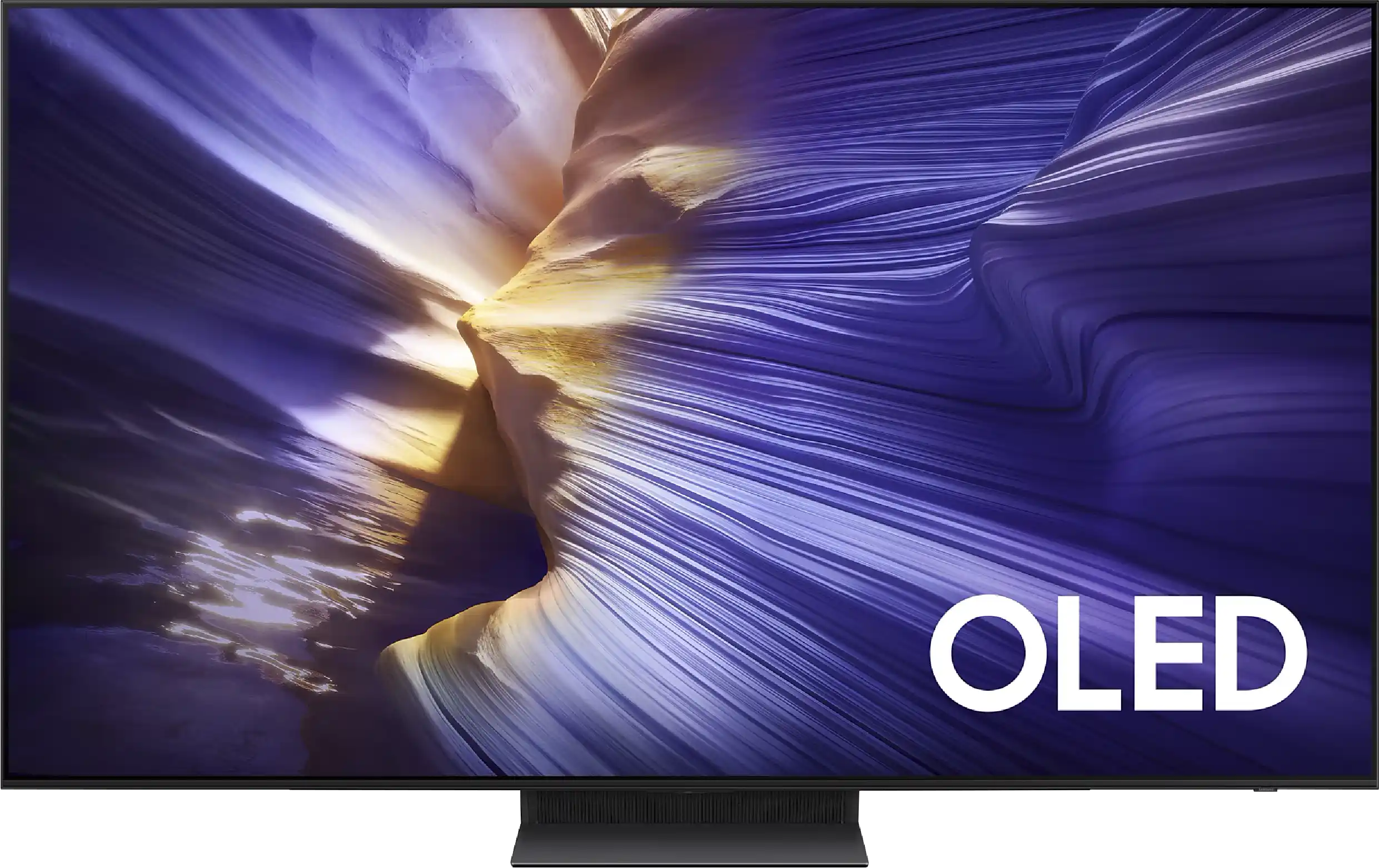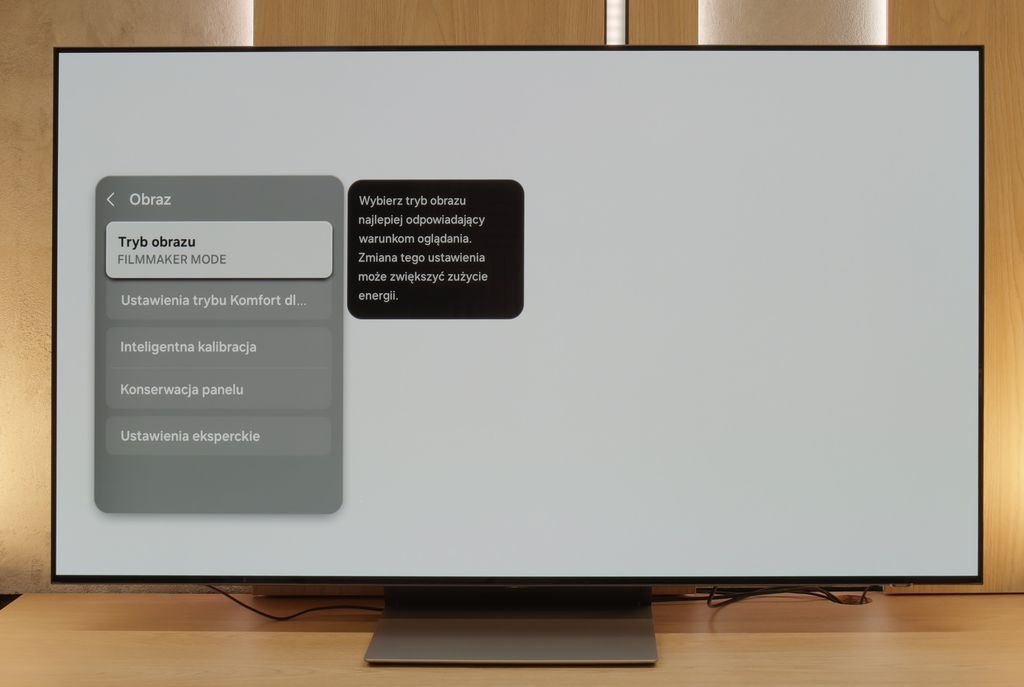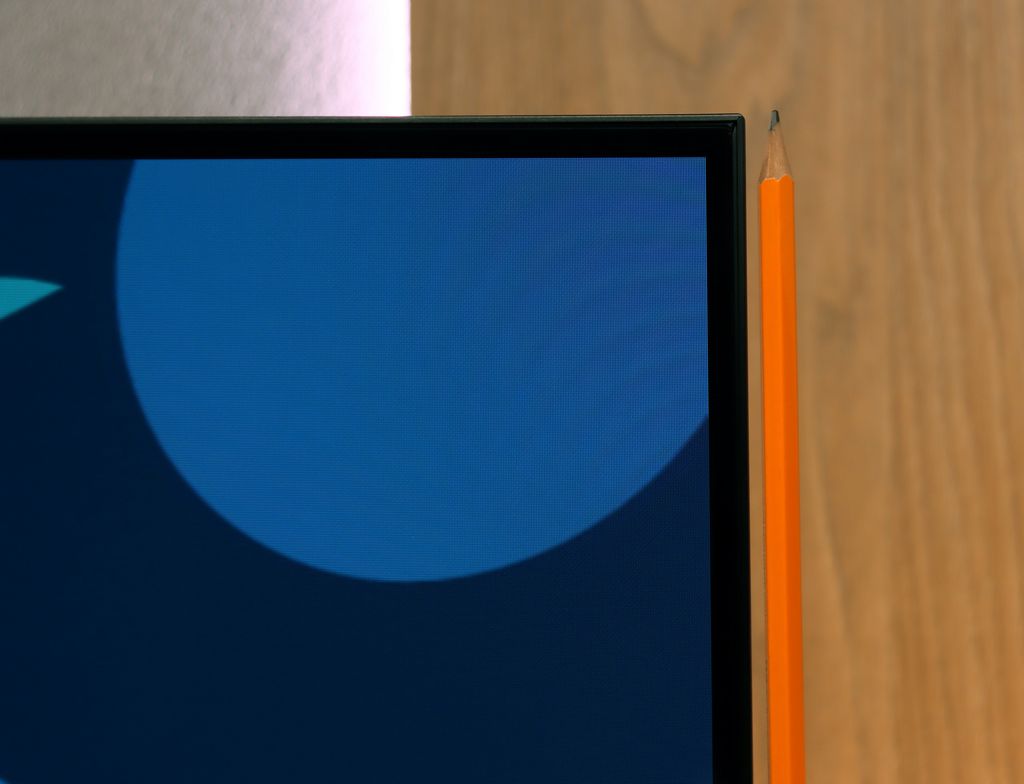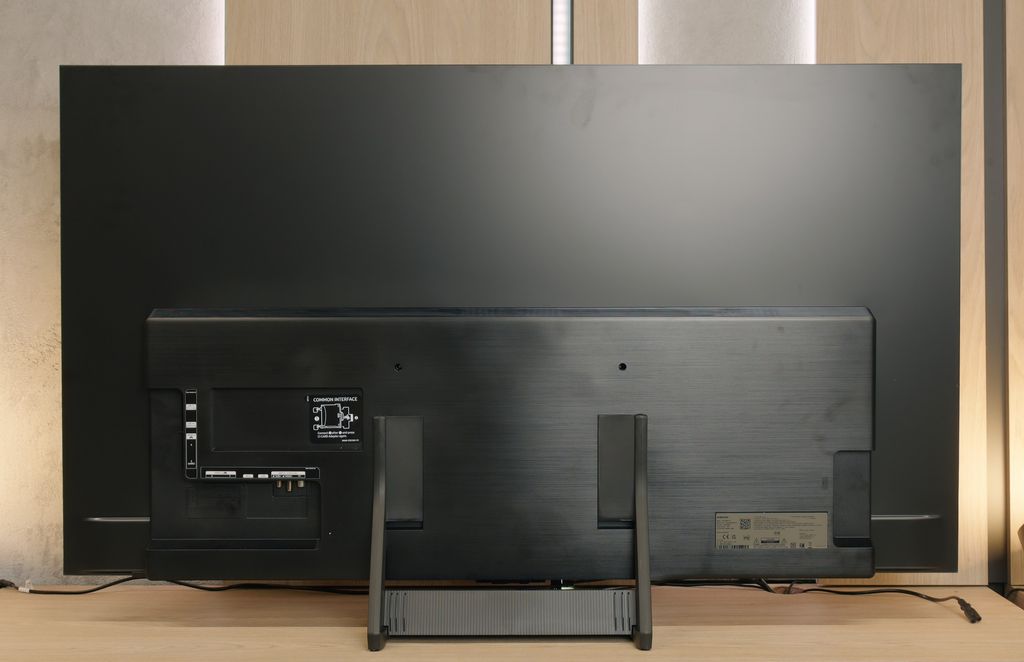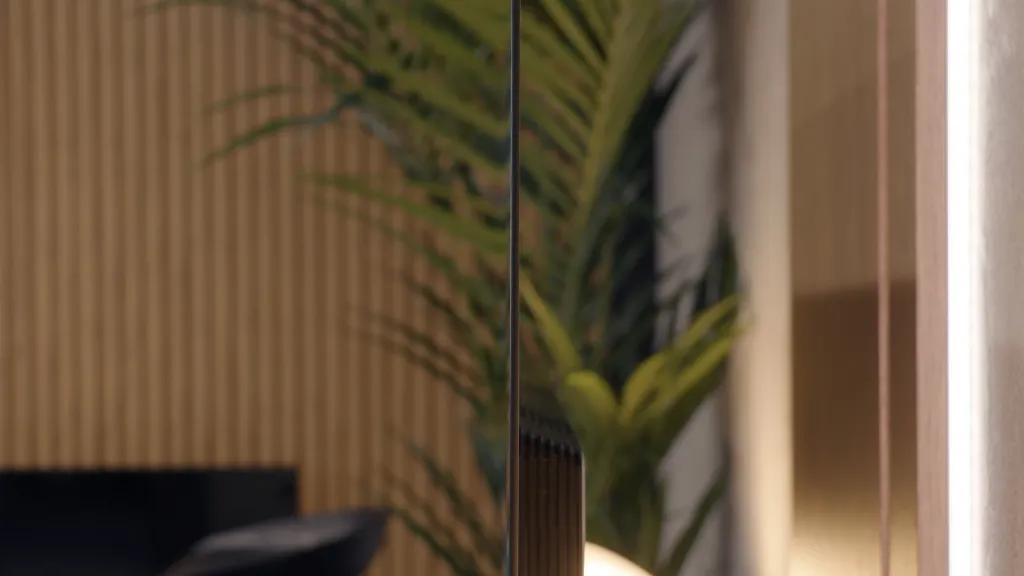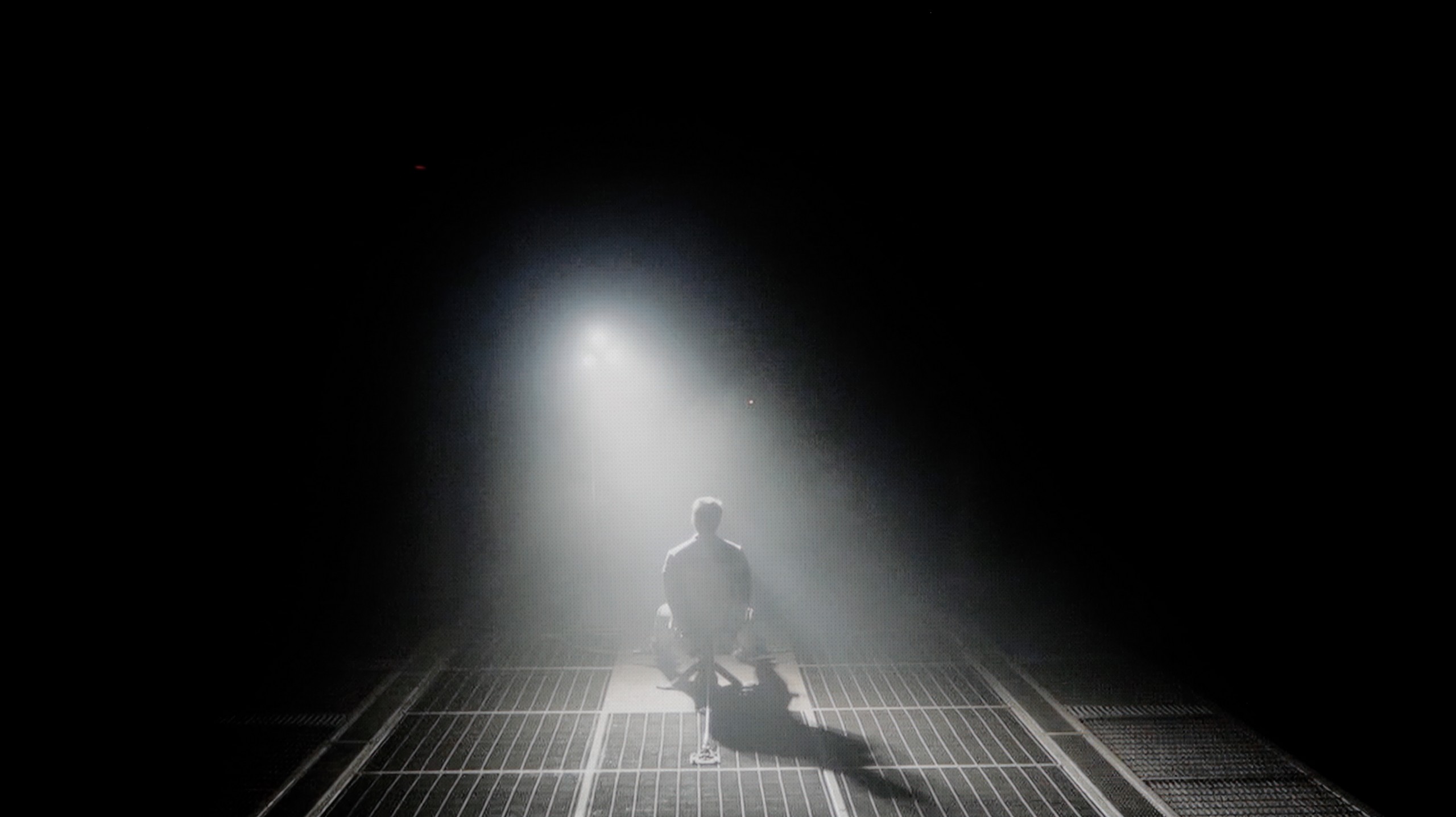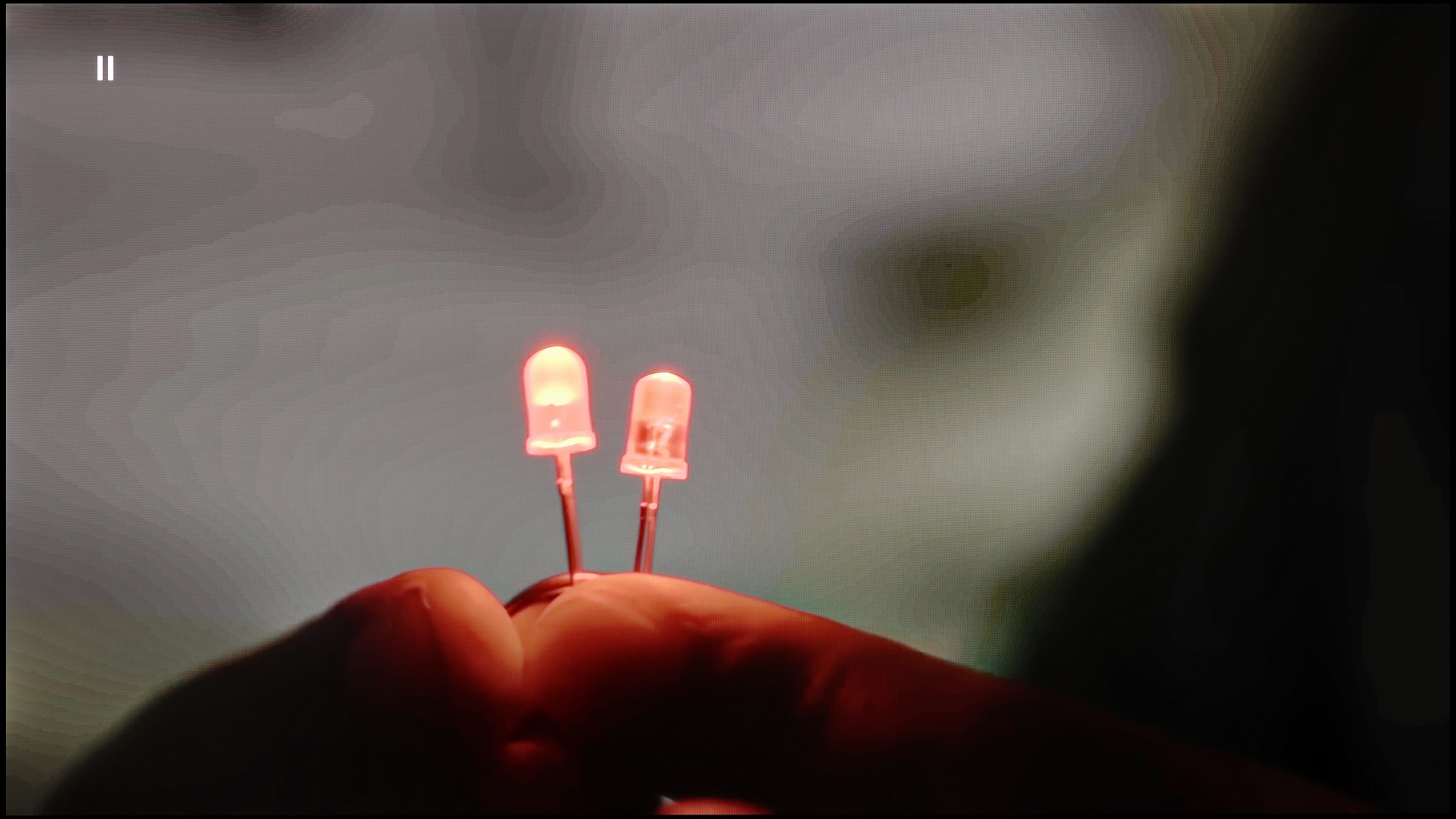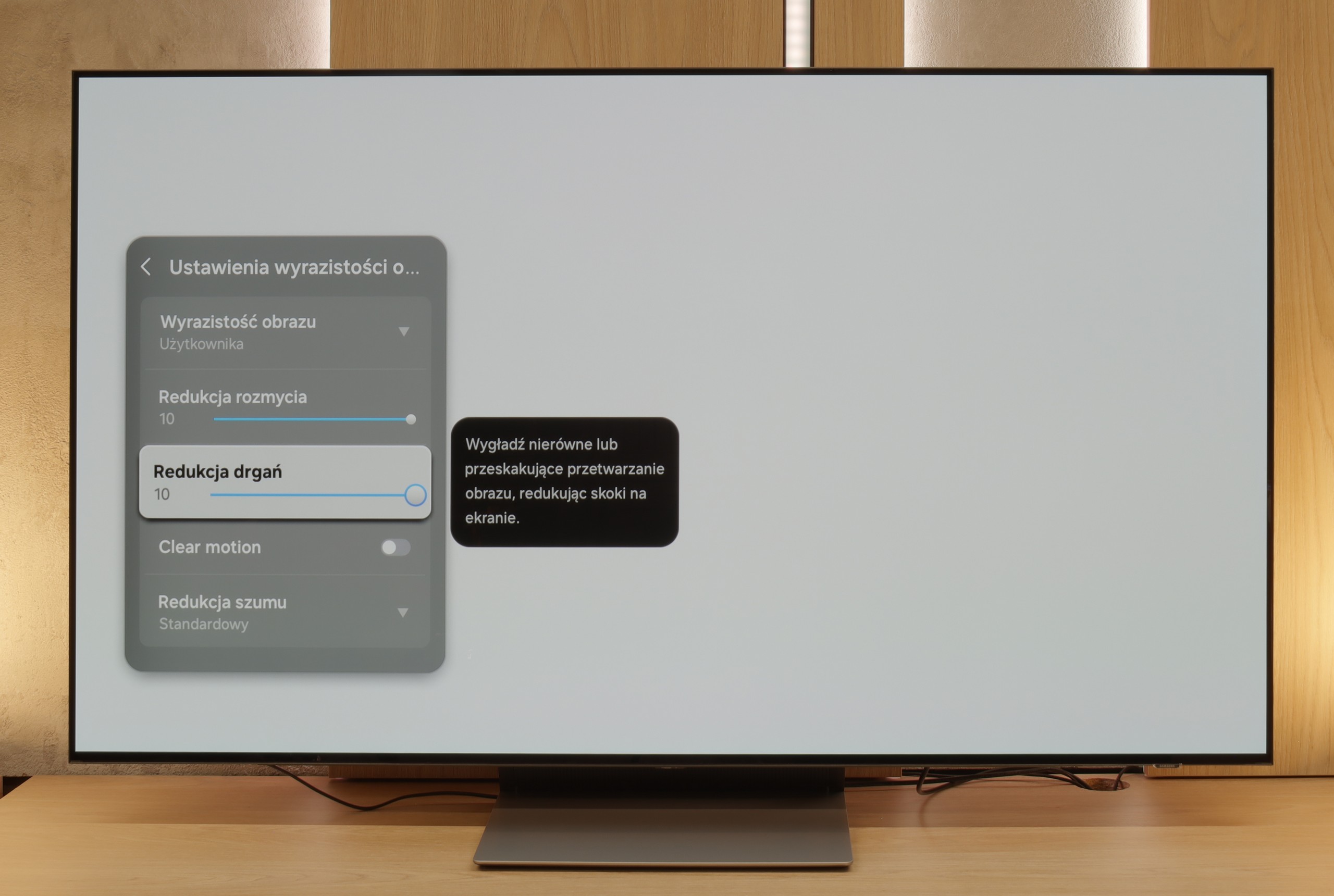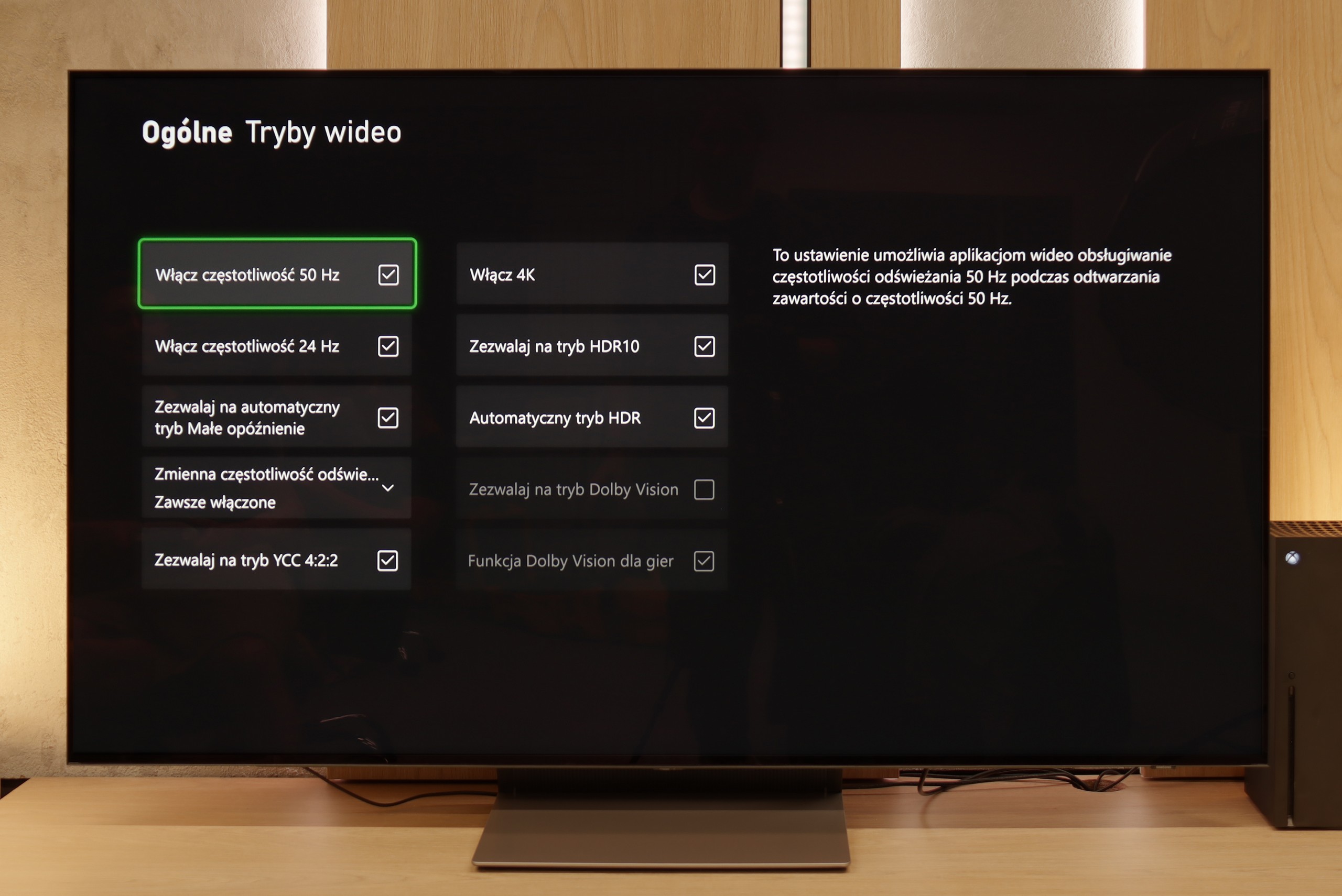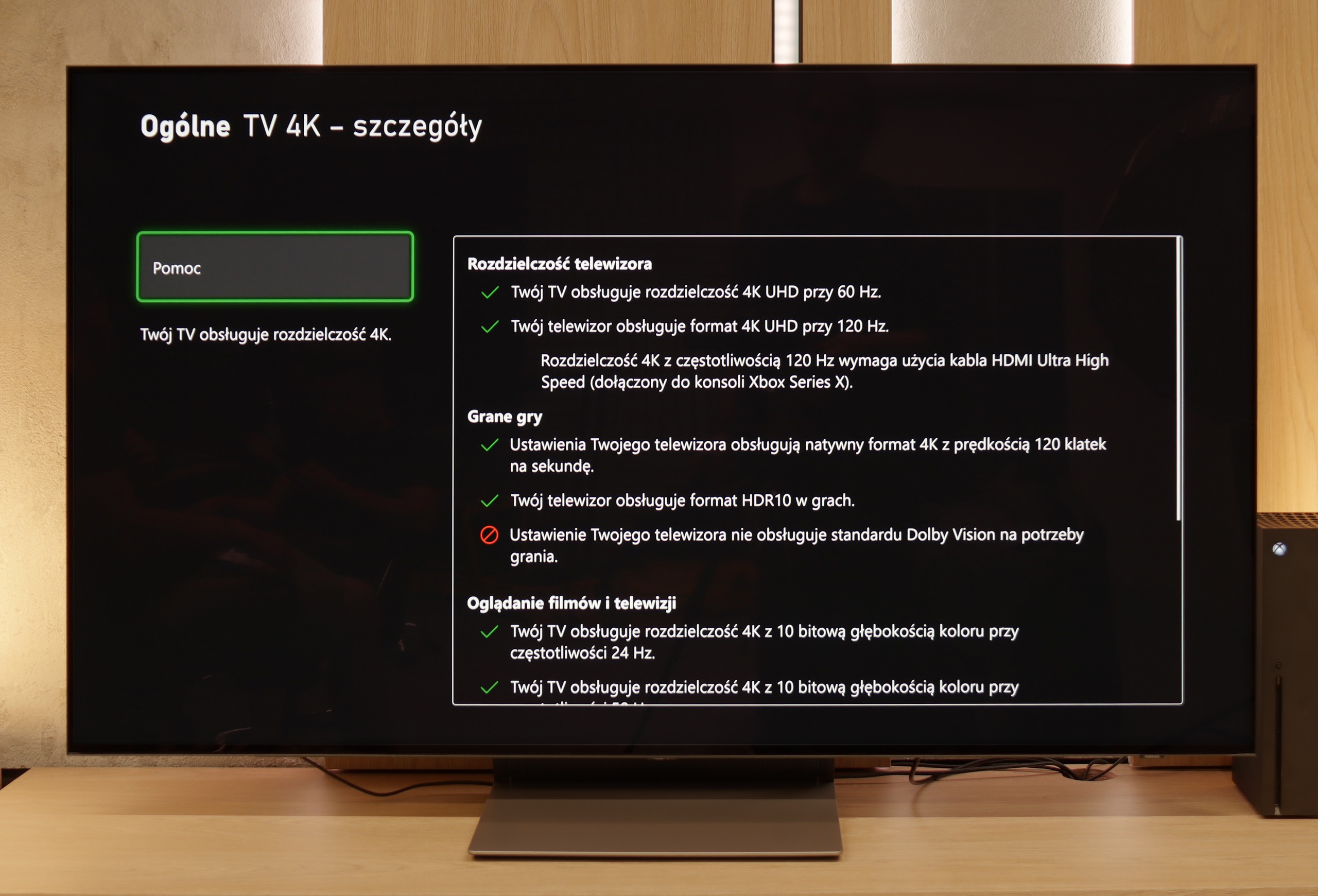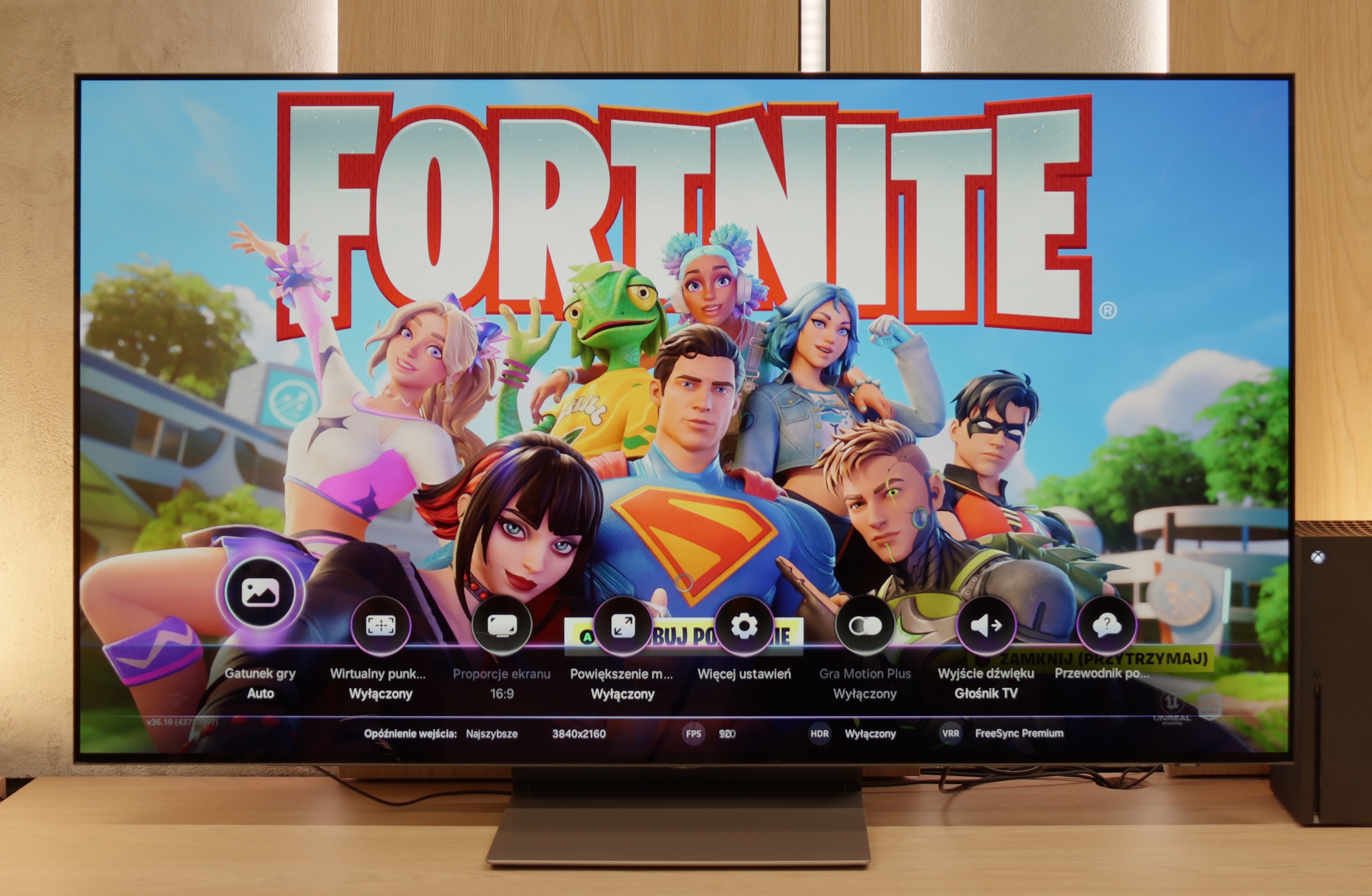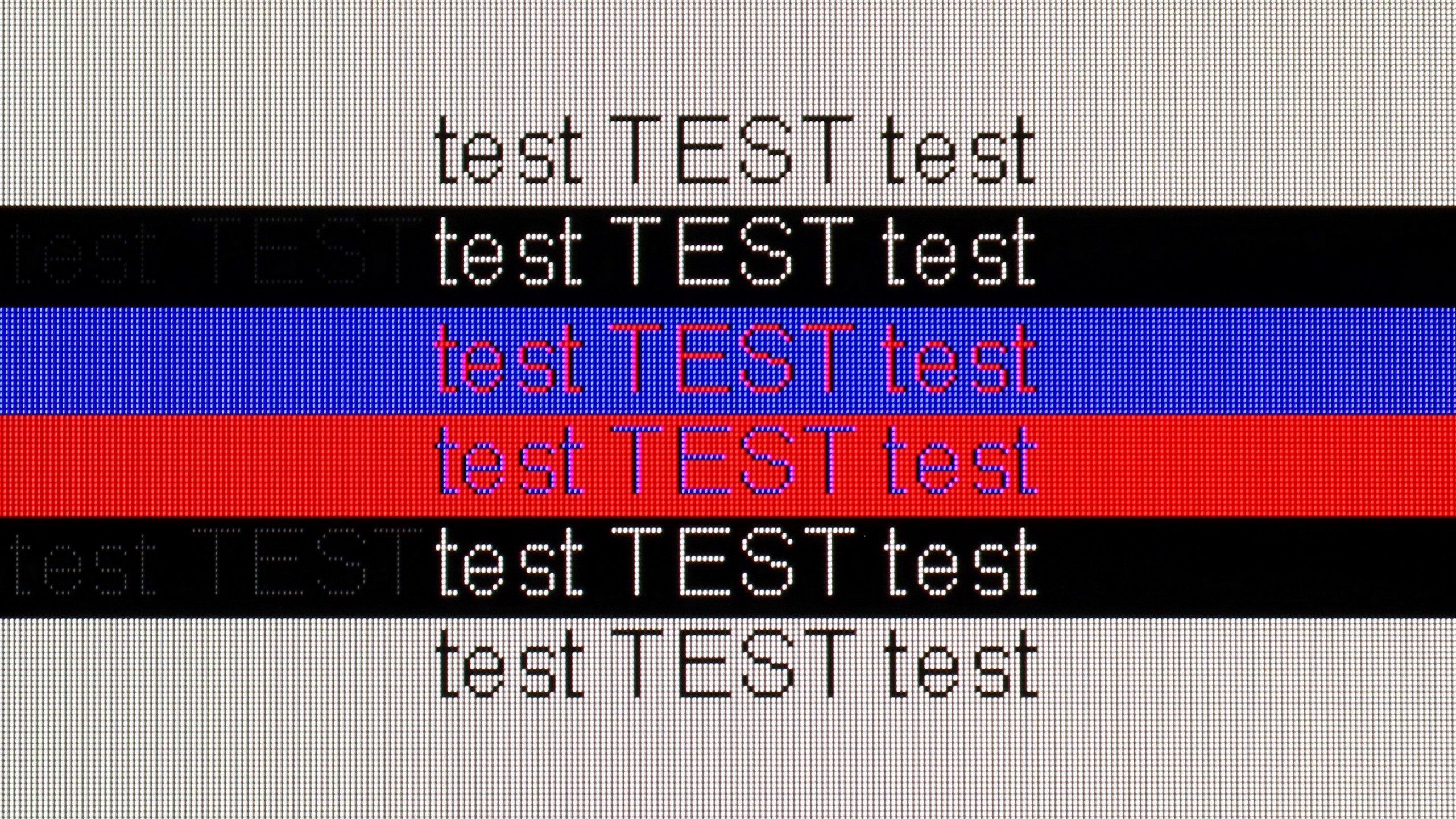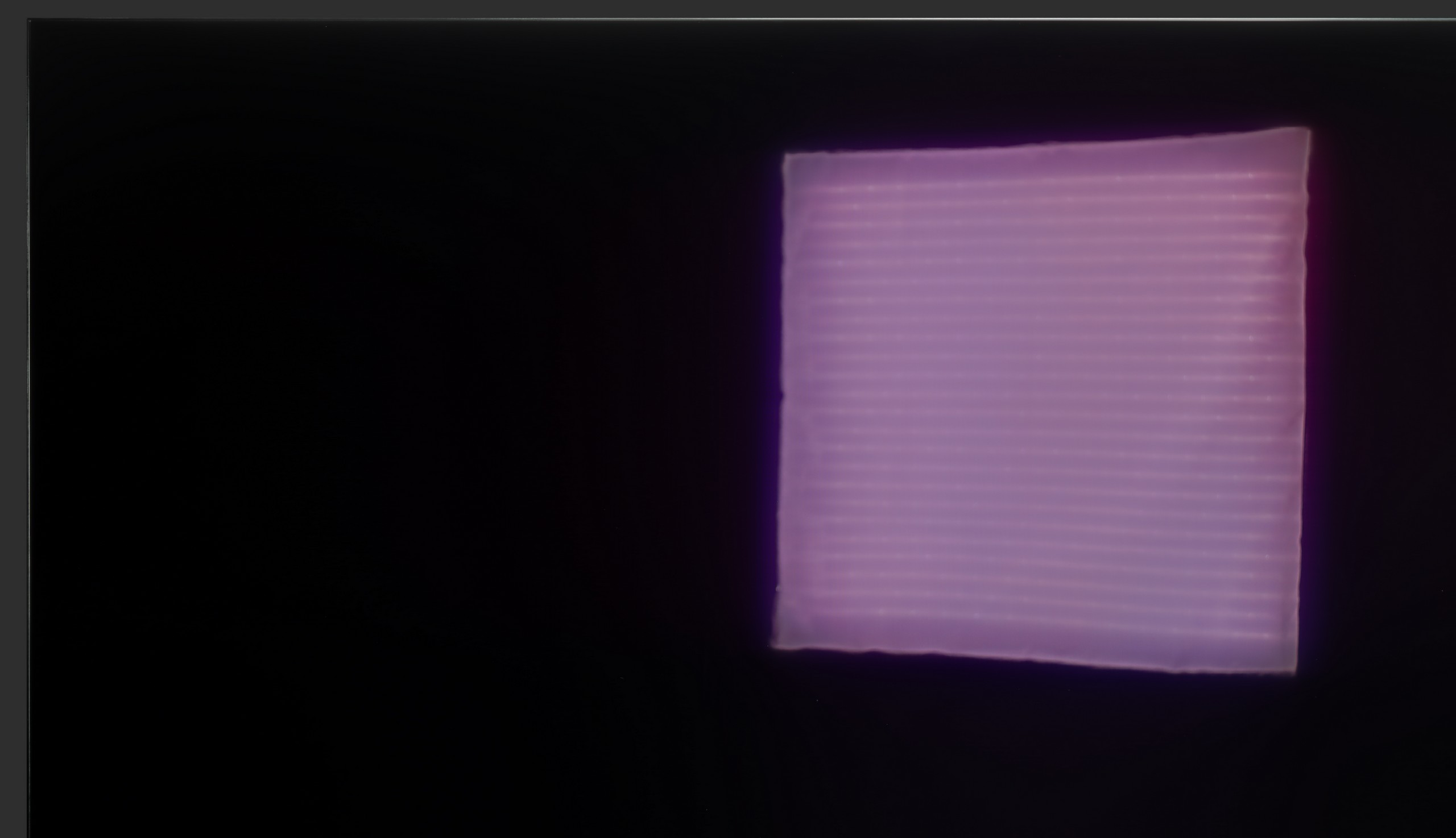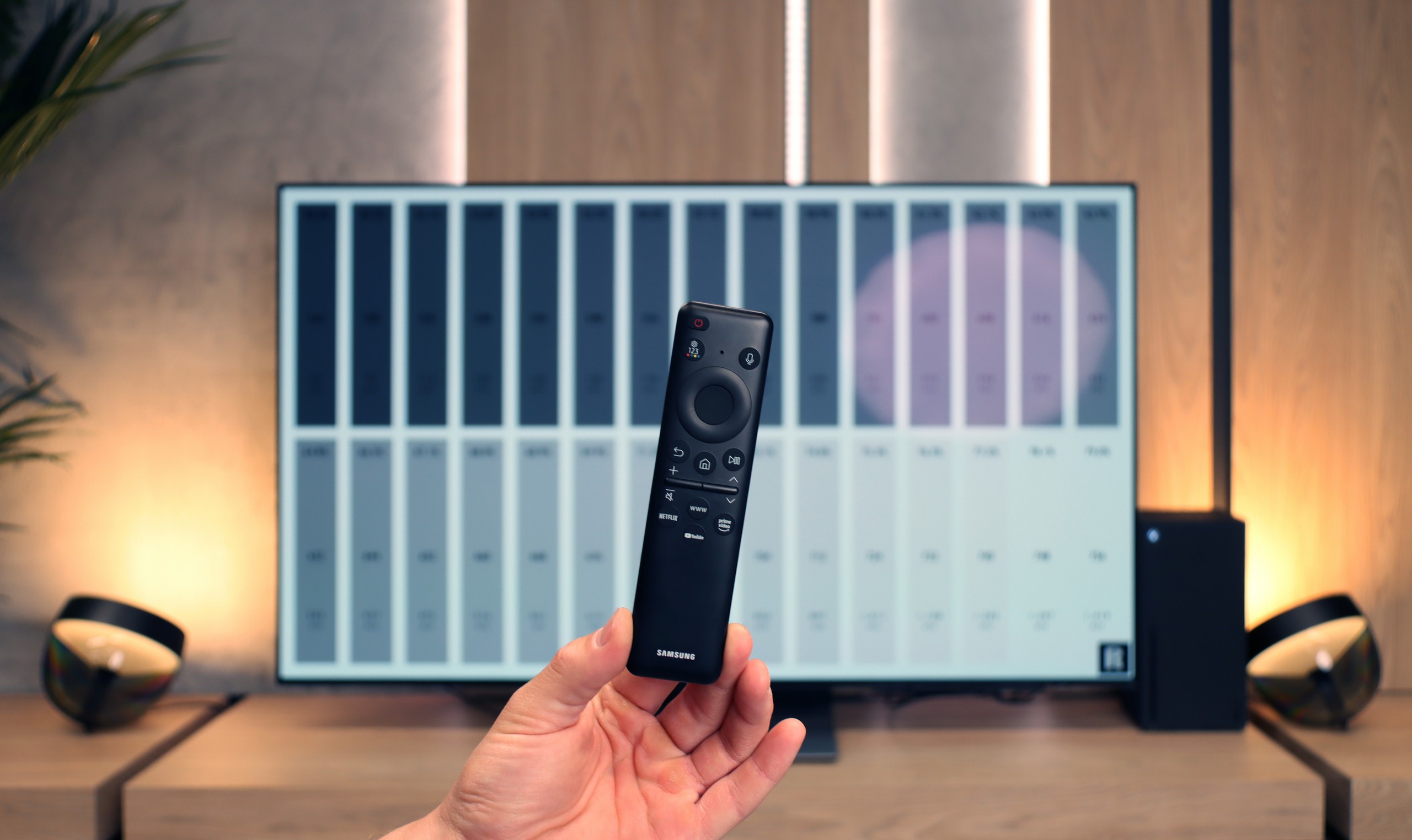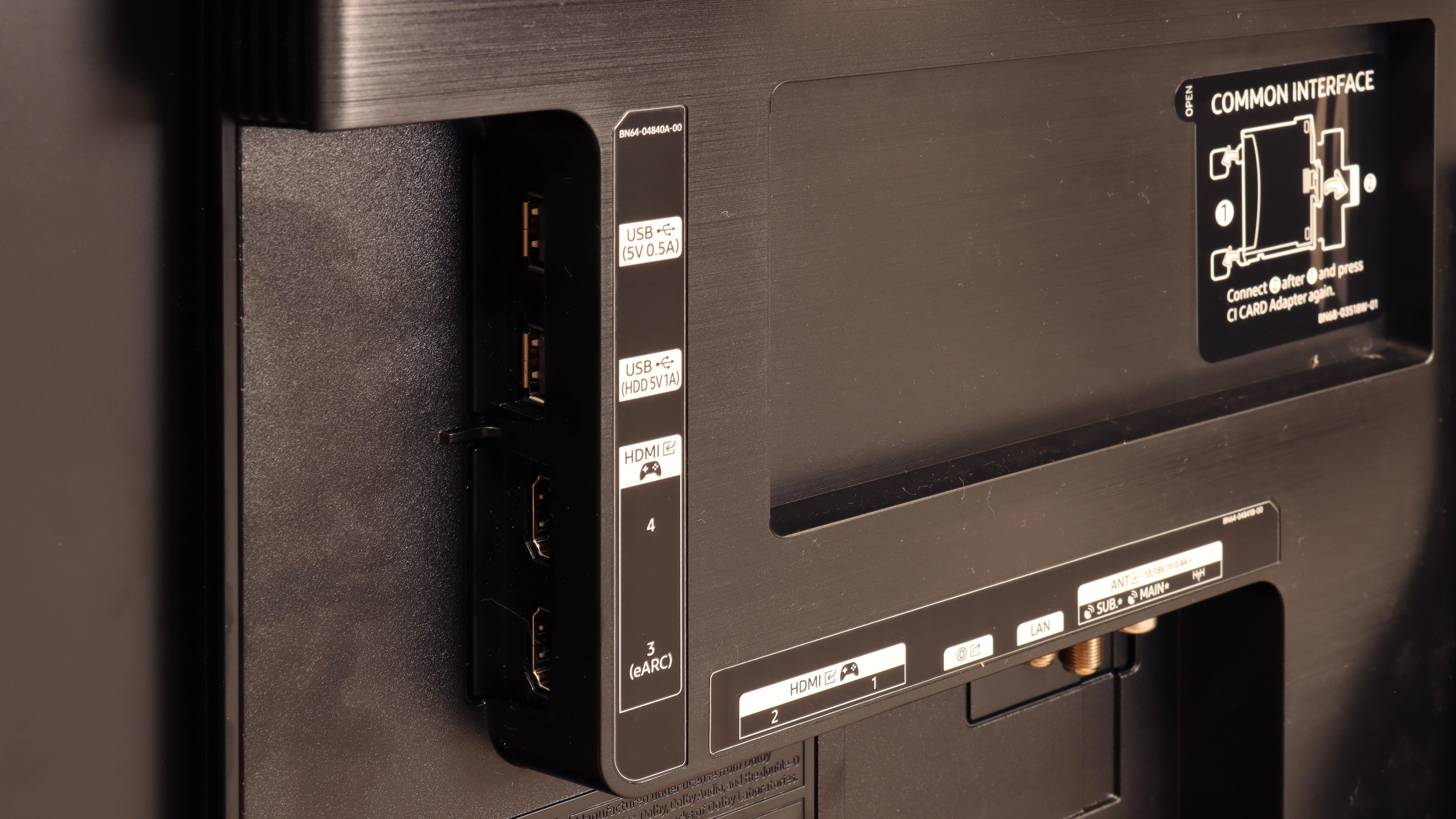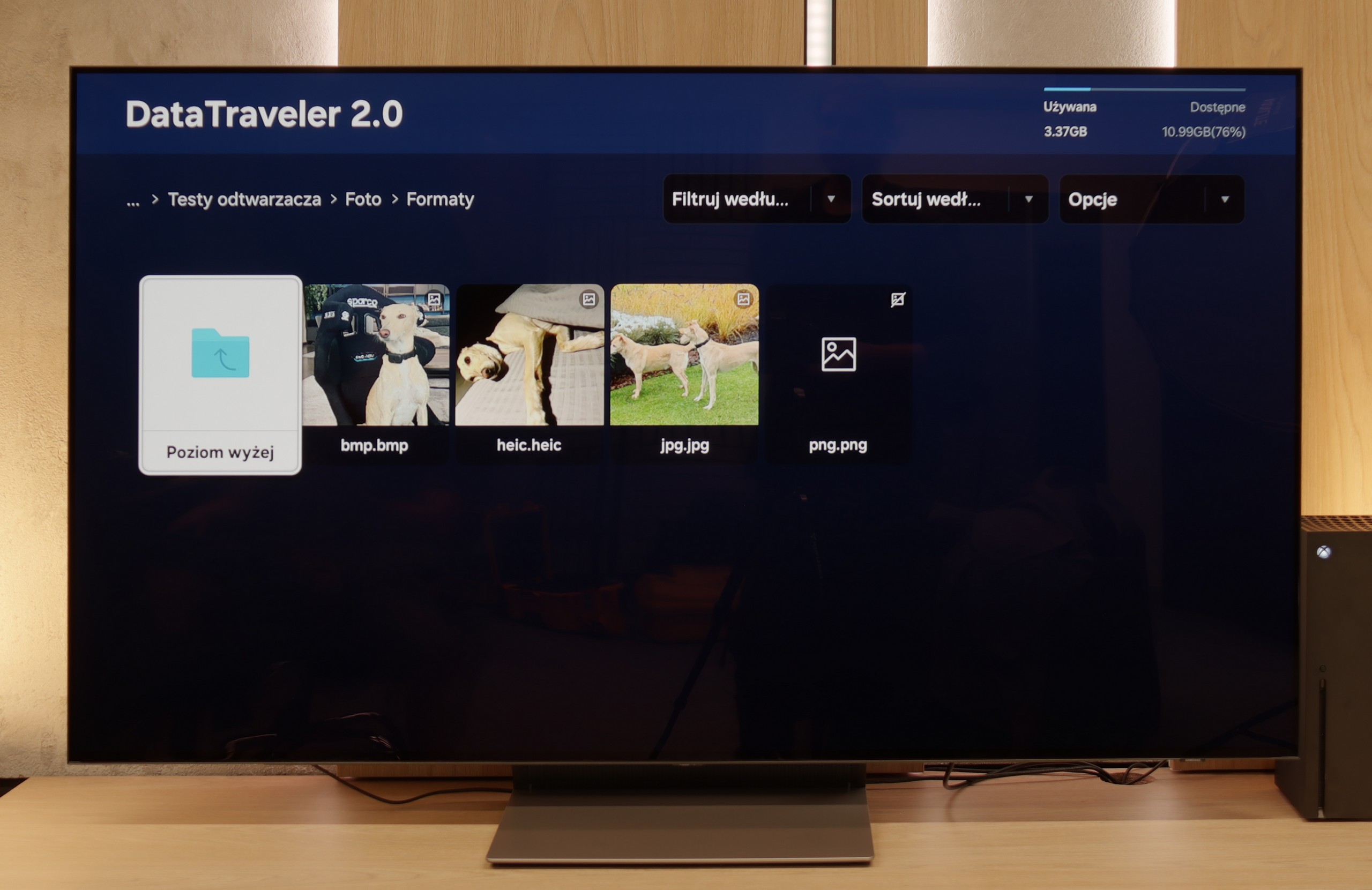The Samsung S90D (or S94D) TV is a model that surprises in many ways, offering exceptional performance across various aspects. One key feature to note is that depending on the size of the television, it may differ in the OLED panel variants used. Regardless of the specific panel technology, the S90D guarantees perfect blacks, and its HDR light effects, aided by high brightness, truly impress, creating a cinematic experience in the comfort of your home. OLED technology provides deep blacks and vibrant colours, making every movie and series look stunning, with clear details even in dark scenes.
Although the factory colour settings might not be ideal, the television truly shines after calibration, becoming unbeatable in its price range for colour accuracy. This makes the S90D a fantastic option for film enthusiasts who appreciate high-quality picture performance. The TV is also an excellent choice for regular TV watching, offering wide viewing angles and an intuitive, feature-rich Tizen operating system, which makes navigating apps and accessing content effortless. With support for popular streaming services and AirPlay, users can enjoy multimedia of the highest quality.
Regarding image smoothness, the S90D excels with its 120Hz panel, effectively eliminating motion blur and ensuring smooth rendering of fast-paced scenes. Watching sports on this television is a joy, with dynamic actions displayed clearly without interruptions. Additionally, the S90D is a great option for gamers, thanks to full support for HDMI 2.1 and low input lag, providing a responsive and fluid gaming experience.
Overall, the Samsung S90D combines excellent image quality, smooth performance, and a wealth of features, making it one of the best choices in the premium TV category.
The Samsung S90F is an excellent representative of the premium mid-range in the world of OLED televisions. Here we have an organic matrix that guarantees perfect contrast – and no matter how hard LCD manufacturers try with local dimming in Mini LEDs, this black simply cannot be replicated. The S90F displays its class here without any compromises. Compared to last year's model, we get a slightly brighter WOLED panel that can achieve up to 1200 nits in favorable conditions. This is a result sufficient for comfortable viewing of HDR content in most scenes at reference quality – especially on streaming platforms like Netflix. The picture quality is at a very high level, regardless of whether we are watching a movie, playing on a console, or streaming a sports event. In fact – versatility is one of the greatest advantages of this model. With a 144 Hz refresh rate, very low input lag, and a full set of gaming features (including functioning HGiG and the unique Game Motion Plus motion smoother), it's hard to find anything to complain about. The Tizen system worked really well on the S90F. It has its limitations – primarily a closed ecosystem and fewer app options than Google TV – but if you mainly use the most popular services, this shouldn't be a problem. A big plus is also the remote control, which can operate most connected devices – even without a numeric keypad. There are also downsides. The built-in media player has issues with some formats, and the anti-reflective coating typical for WOLEDs doesn't cope very well with strong light – reflections can be noticeable. We also don't have support for DTS and Dolby Vision, but that's a standard at Samsung that has been to be expected for years. So is the S90F with a WOLED panel the perfect television? No – but it really is just a few things short. It's one of the most refined and complete OLEDs in this price range, capable of handling any content, from a series on Netflix to gaming on a console, to a Sunday match.

